Page 153 of 231
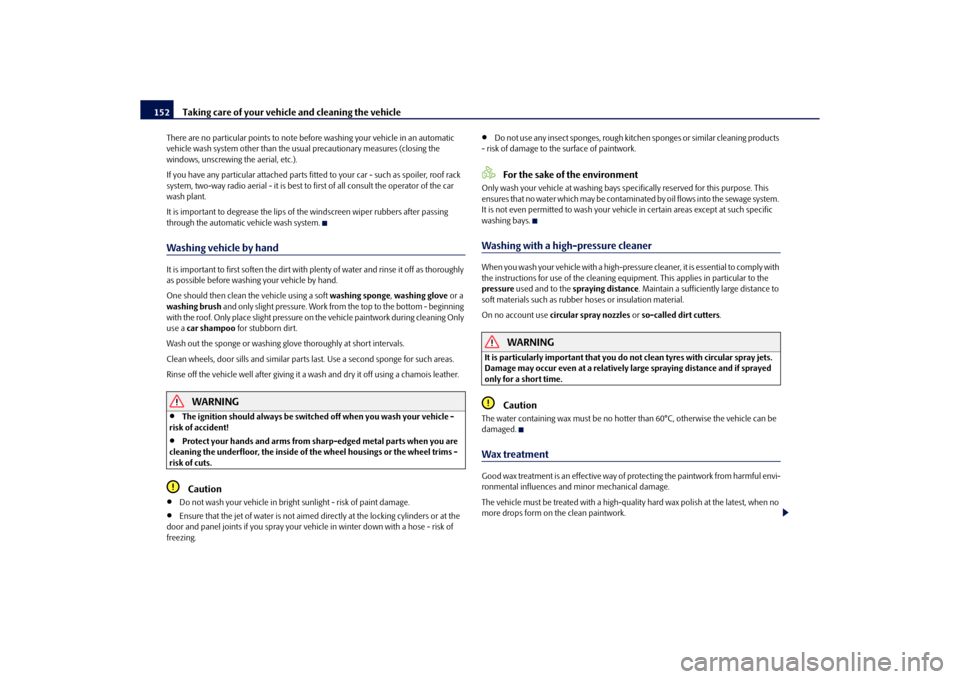
Taking care of your vehicle and cleaning the vehicle
152
There are no particular points to note be fore washing your vehicle in an automatic
vehicle wash system other than the usua l precautionary measures (closing the
windows, unscrewing the aerial, etc.).
If you have any particular attached parts fitted to your car - such as spoiler, roof rack
system, two-way radio aerial - it is best to first of all consult the operator of the car
wash plant.
It is important to degrease the lips of the windscreen wiper rubbers after passing
through the automatic vehicle wash system.Washing vehicle by handIt is important to first soften the dirt with plenty of water and rinse it off as thoroughly
as possible before washin g your vehicle by hand.
One should then clean the vehicle using a soft washing sponge, washing glove or a
washing brush and only slight pressure. Work from the top to the bottom - beginning
with the roof. Only place slight pressure on the vehicle paintwork during cleaning Only
use a car shampoo for stubborn dirt.
Wash out the sponge or washing glove thoroughly at short intervals.
Clean wheels, door sills and similar parts last. Use a second sponge for such areas.
Rinse off the vehicle well after giving it a wash and dry it off using a chamois leather.
WARNING
The ignition should always be switched off when you wash your vehicle -
risk of accident!
Protect your hands and arms from sharp-edged metal parts when you are
cleaning the underfloor, the inside of the wheel housings or the wheel trims -
risk of cuts.Caution
Do not wash your vehicle in bright sunlight - risk of paint damage.
Ensure that the jet of water is not aimed di rectly at the locking cylinders or at the
door and panel joints if you spray your vehi cle in winter down with a hose - risk of
freezing.
Do not use any insect sponges, rough kitc hen sponges or similar cleaning products
- risk of damage to the surface of paintwork.For the sake of the environment
Only wash your vehicle at wa shing bays specifically reserved for this purpose. This
ensures that no water which may be contaminated by oil flows into the sewage system.
It is not even permitted to wash your vehicl e in certain areas except at such specific
washing bays.Washing with a high-pressure cleanerWhen you wash your vehicle with a high-press ure cleaner, it is essential to comply with
the instructions for use of the cleaning equi pment. This applies in particular to the
pressure used and to the spraying distance . Maintain a sufficiently large distance to
soft materials such as rubber hoses or insulation material.
On no account use circular spray nozzles or so-called dirt cutters.
WARNING
It is particularly important that you do not clean tyres with circular spray jets.
Damage may occur even at a relatively la rge spraying distance and if sprayed
only for a short time.
Caution
The water containing wax must be no hotter than 60°C, otherwise the vehicle can be
damaged.Wax treatmentGood wax treatment is an effective way of protecting the paintwork from harmful envi-
ronmental influences and minor mechanical damage.
The vehicle must be treated with a high-quali ty hard wax polish at the latest, when no
more drops form on the clean paintwork.
s16g.4.book Page 152 Wednesda y, February 10, 2010 3:53 PM
Page 154 of 231
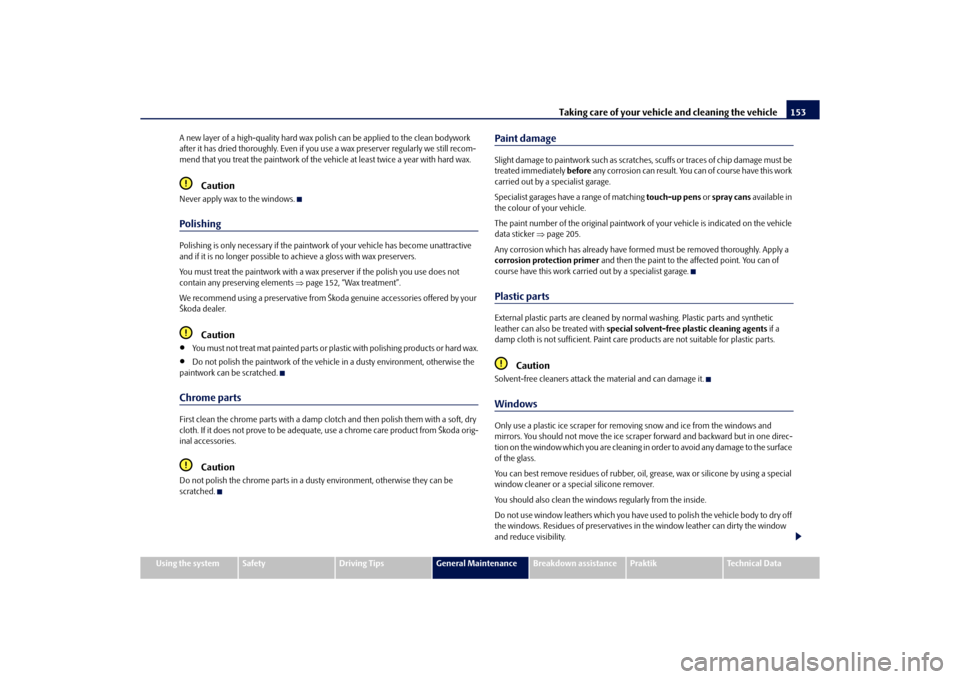
Taking care of your vehicle and cleaning the vehicle153
Using the system
Safety
Driving Tips
General Maintenance
Breakdown assistance
Praktik
Technical Data
A new layer of a high-quality
hard wax polish can be applied to the clean bodywork
after it has dried thoroughly. Even if you use a wax preserver regularly we still recom-
mend that you treat the paintwork of the ve hicle at least twice a year with hard wax.
Caution
Never apply wax to the windows.PolishingPolishing is only necessary if the paintwork of your vehicle has become unattractive
and if it is no longer possible to achieve a gloss with wax preservers.
You must treat the paintwork with a wax pr eserver if the polish you use does not
contain any preserving elements page 152, “Wax treatment”.
We recommend using a preserva tive from Škoda genuine accessories offered by your
Škoda dealer.
Caution
You must not treat mat painted parts or plas tic with polishing products or hard wax.
Do not polish the paintwork of the vehicle in a dusty environment, otherwise the
paintwork can be scratched.
Chrome partsFirst clean the chrome parts with a damp clot ch and then polish them with a soft, dry
cloth. If it does not prove to be adequate, use a chrome care product from Škoda orig-
inal accessories.
Caution
Do not polish the chrome parts in a du sty environment, otherwise they can be
scratched.
Paint damageSlight damage to paintwork such as scratches, scuffs or traces of chip damage must be
treated immediately before any corrosion can result. You can of course have this work
carried out by a specialist garage.
Specialist garages have a range of matching touch-up pens or spray cans available in
the colour of your vehicle.
The paint number of the original paintwork of your vehicle is indicated on the vehicle
data sticker page 205.
Any corrosion which has already have formed must be removed thoroughly. Apply a
corrosion protection primer and then the paint to the affected point. You can of
course have this work carried out by a specialist garage.Plastic partsExternal plastic parts are cleaned by normal washing. Plastic parts and synthetic
leather can also be treated with special solvent-free plastic cleaning agents if a
damp cloth is not sufficient. Paint care pr oducts are not suitable for plastic parts.
Caution
Solvent-free cleaners attack the material and can damage it.WindowsOnly use a plastic ice scraper for removing snow and ice from the windows and
mirrors. You should not move the ice scraper forward and backward but in one direc-
tion on the window which you are cleaning in order to avoid any damage to the surface
of the glass.
You can best remove residues of rubber, oil, grease, wax or silicone by using a special
window cleaner or a special silicone remover.
You should also clean the windows regularly from the inside.
Do not use window leathers which you have us ed to polish the vehicle body to dry off
the windows. Residues of preservatives in the window leather can dirty the window
and reduce visibility.
s16g.4.book Page 153 Wednesda y, February 10, 2010 3:53 PM
Page 155 of 231
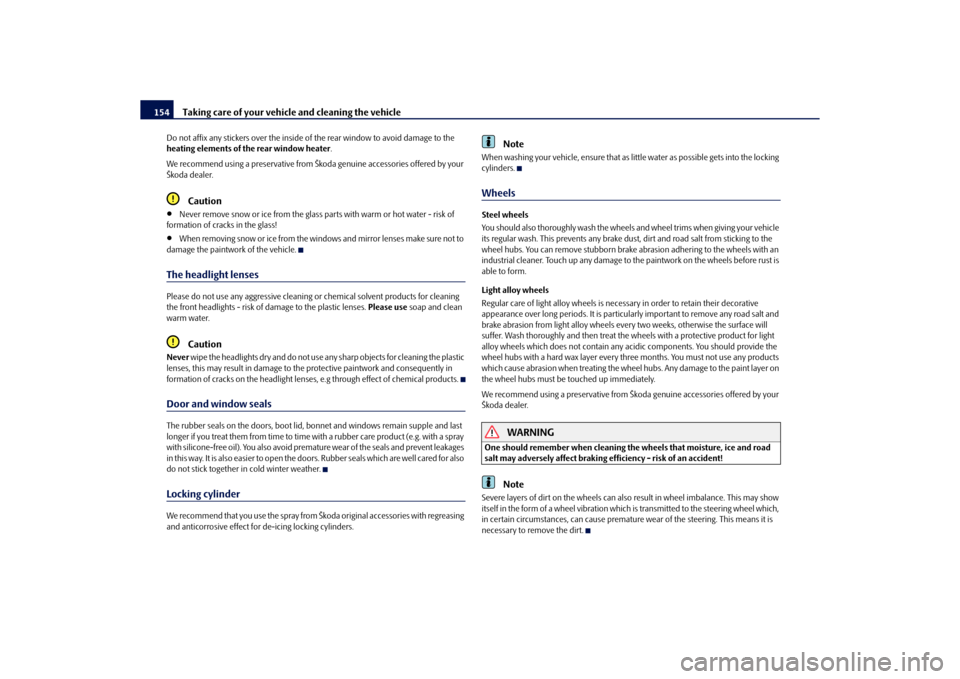
Taking care of your vehicle and cleaning the vehicle
154
Do not affix any stickers over the inside of the rear window to avoid damage to the
heating elements of the rear window heater .
We recommend using a preserva tive from Škoda genuine accessories offered by your
Škoda dealer.
Caution
Never remove snow or ice from the glass pa rts with warm or hot water - risk of
formation of cracks in the glass!
When removing snow or ice from the windows and mirror lenses make sure not to
damage the paintwork of the vehicle.
The headlight lensesPlease do not use any aggressi ve cleaning or chemical solvent products for cleaning
the front headlights - risk of damage to the plastic lenses. Please use soap and clean
warm water.
Caution
Never wipe the headlights dry and do not use any sharp objects for cleaning the plastic
lenses, this may result in damage to the protective paintwork and consequently in
formation of cracks on the headlight lenses, e.g through effect of chemical products.Door and window sealsThe rubber seals on the doors, boot lid, bonnet and windows remain supple and last
longer if you treat them from time to time with a rubber care product (e.g. with a spray
with silicone-free oil). You also avoid premature wear of the seals and prevent leakages
in this way. It is also easier to open the doors. Rubber seals which are well cared for also
do not stick together in cold winter weather.Locking cylinderWe recommend that you use the spray from Škoda original accessories with regreasing
and anticorrosive effect for de-icing locking cylinders.
Note
When washing your vehicle, ensure that as little water as possible gets into the locking
cylinders.WheelsSteel wheels
You should also thoroughly wash the wheels and wheel trims when giving your vehicle
its regular wash. This prevents any brake dust, dirt and road salt from sticking to the
wheel hubs. You can remove stubborn brake abrasion adhering to the wheels with an
industrial cleaner. Touch up any damage to the paintwork on the wheels before rust is
able to form.
Light alloy wheels
Regular care of light alloy wh eels is necessary in order to retain their decorative
appearance over long periods. It is particul arly important to remove any road salt and
brake abrasion from light alloy wheels every two weeks, otherwise the surface will
suffer. Wash thoroughly and then treat the wheels with a protective product for light
alloy wheels which does not contain any acidic componen ts. You should provide the
wheel hubs with a hard wax layer every thre e months. You must not use any products
which cause abrasion when treating the wheel hubs. Any damage to the paint layer on
the wheel hubs must be touched up immediately.
We recommend using a preservative from Šk oda genuine accessories offered by your
Škoda dealer.
WARNING
One should remember when cleaning th e wheels that moisture, ice and road
salt may adversely affect braking ef ficiency - risk of an accident!
Note
Severe layers of dirt on the wheels can also result in wheel imbalance. This may show
itself in the form of a wheel vibration which is transmitted to the steering wheel which,
in certain circumstances, can cause premature wear of the steering. This means it is
necessary to remove the dirt.
s16g.4.book Page 154 Wednesda y, February 10, 2010 3:53 PM
Page 156 of 231
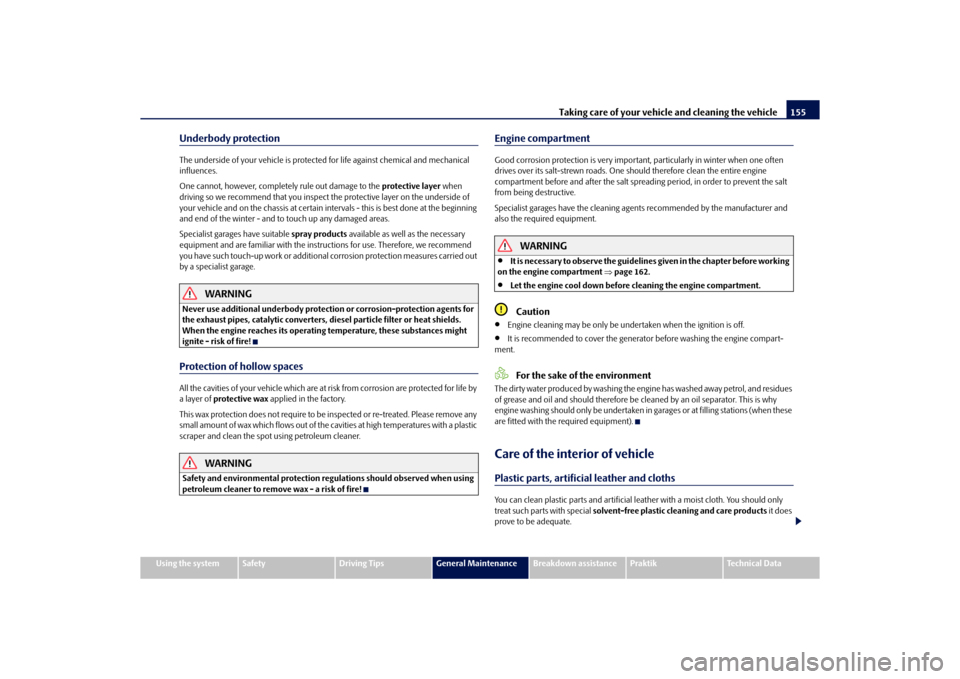
Taking care of your vehicle and cleaning the vehicle155
Using the system
Safety
Driving Tips
General Maintenance
Breakdown assistance
Praktik
Technical Data
Underbody protectionThe underside of your vehicle is protected for life against chemical and mechanical
influences.
One cannot, however, completely rule out damage to the protective layer when
driving so we recommend that you inspect the protective layer on the underside of
your vehicle and on the chassis at certain intervals - this is best done at the beginning
and end of the winter - and to touch up any damaged areas.
Specialist garages have suitable spray products available as well as the necessary
equipment and are familiar with the instructions for use. Therefore, we recommend
you have such touch-up work or additional corrosion protection measures carried out
by a specialist garage.
WARNING
Never use additional underbody protection or corrosion-protection agents for
the exhaust pipes, catalytic converters, di esel particle filter or heat shields.
When the engine reaches its operating temperature, these substances might
ignite - risk of fire!Protection of hollow spacesAll the cavities of your vehicle which are at risk from corrosion are protected for life by
a layer of protective wax applied in the factory.
This wax protection does not require to be inspected or re-treated. Please remove any
small amount of wax which flows out of the cavities at high temperatures with a plastic
scraper and clean the spot using petroleum cleaner.
WARNING
Safety and environmental pr otection regulations should observed when using
petroleum cleaner to remove wax - a risk of fire!
Engine compartmentGood corrosion protection is very importan t, particularly in winter when one often
drives over its salt-strewn roads. One should therefore clean the entire engine
compartment before and after the salt spread ing period, in order to prevent the salt
from being destructive.
Specialist garages have the cleaning agen ts recommended by the manufacturer and
also the required equipment.
WARNING
It is necessary to observ e the guidelines given in the chapter before working
on the engine compartment page 162.
Let the engine cool down before cleaning the engine compartment.Caution
Engine cleaning may be only be un dertaken when the ignition is off.
It is recommended to cover the generator before washing the engine compart-
ment.For the sake of the environment
The dirty water produced by washing the engine has washed away petrol, and residues
of grease and oil and should therefore be cleaned by an oil separator. This is why
engine washing should only be undertaken in garages or at filling stations (when these
are fitted with the required equipment).Care of the interior of vehiclePlastic parts, artificial leather and clothsYou can clean plastic parts and artificial leather with a moist cloth. You should only
treat such parts with special solvent-free plastic cleaning and care products it does
prove to be adequate.
s16g.4.book Page 155 Wednesda y, February 10, 2010 3:53 PM
Page 157 of 231
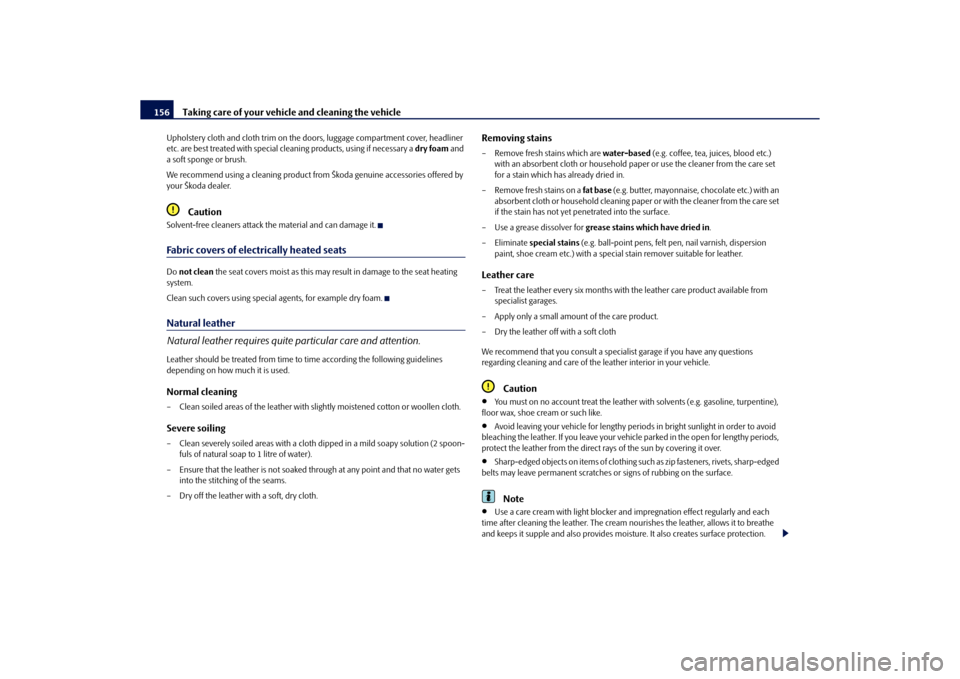
Taking care of your vehicle and cleaning the vehicle
156
Upholstery cloth and cloth trim on the d oors, luggage compartment cover, headliner
etc. are best treated with special cleaning products, using if necessary a dry foam and
a soft sponge or brush.
We recommend using a cleaning product from Škoda genuine accessories offered by
your Škoda dealer.
Caution
Solvent-free cleaners attack th e material and can damage it.Fabric covers of electrically heated seatsDo not clean the seat covers moist as this may re sult in damage to the seat heating
system.
Clean such covers using special agents, for example dry foam.Natural leather
Natural leather requires quite particular care and attention.Leather should be treated from time to time according the following guidelines
depending on how much it is used.Normal cleaning– Clean soiled areas of the leather with slightly moistened cotton or woollen cloth.Severe soiling– Clean severely soiled areas with a cloth dipped in a mild soapy solution (2 spoon-
fuls of natural soap to 1 litre of water).
– Ensure that the leather is not soaked through at any point and that no water gets into the stitching of the seams.
– Dry off the leather with a soft, dry cloth.
Removing stains– Remove fresh stains which are water-based (e.g. coffee, tea, juices, blood etc.)
with an absorbent cloth or household paper or use the cleaner from the care set
for a stain which has already dried in.
– Remove fresh stains on a fat base (e.g. butter, mayonnaise, chocolate etc.) with an
absorbent cloth or household cleaning paper or with the cleaner from the care set
if the stain has not yet pe netrated into the surface.
– Use a grease dissolver for grease stains which have dried in .
–Eliminate special stains (e.g. ball-point pens, felt pe n, nail varnish, dispersion
paint, shoe cream etc.) with a special stain remover suitable for leather.Leather care– Treat the leather every six months with the leather care product available from
specialist garages.
– Apply only a small amount of the care product.
– Dry the leather off with a soft cloth
We recommend that you consult a speciali st garage if you have any questions
regarding cleaning and care of the leather interior in your vehicle.
Caution
You must on no account treat the leather wi th solvents (e.g. gasoline, turpentine),
floor wax, shoe cream or such like.
Avoid leaving your vehicle for lengthy period s in bright sunlight in order to avoid
bleaching the leather. If you leave your vehicle parked in the open for lengthy periods,
protect the leather from the direct ra ys of the sun by covering it over.
Sharp-edged objects on items of clothing su ch as zip fasteners, rivets, sharp-edged
belts may leave permanent scratches or signs of rubbing on the surface.Note
Use a care cream with ligh t blocker and impregnation effect regularly and each
time after cleaning the leathe r. The cream nourishes the leather, allows it to breathe
and keeps it supple and also provides mois ture. It also creates surface protection.
s16g.4.book Page 156 Wednesday, February 10, 2010 3:53 PM
Page 158 of 231
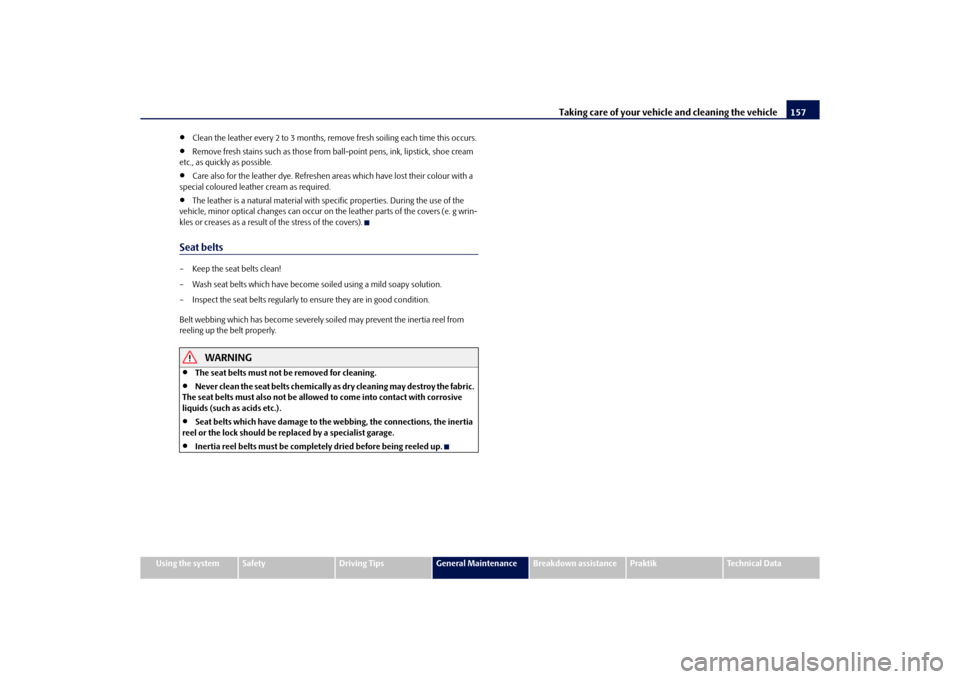
Taking care of your vehicle and cleaning the vehicle157
Using the system
Safety
Driving Tips
General Maintenance
Breakdown assistance
Praktik
Technical Data
Clean the leather every 2 to 3 months, remove fresh soiling each time this occurs.
Remove fresh stains such as those from ball-point pens, ink, lipstick, shoe cream
etc., as quickly as possible.
Care also for the leather dye. Refreshen ar eas which have lost their colour with a
special coloured leather cream as required.
The leather is a natural material with specific properties. During the use of the
vehicle, minor optical changes can occur on the leather parts of the covers (e. g wrin-
kles or creases as a result of the stress of the covers).
Seat belts– Keep the seat belts clean!
– Wash seat belts which have become soiled using a mild soapy solution.
– Inspect the seat belts regularly to ensure they are in good condition.
Belt webbing which has become severely so iled may prevent the inertia reel from
reeling up the belt properly.
WARNING
The seat belts must not be removed for cleaning.
Never clean the seat belts chemically as dry cleaning may destroy the fabric.
The seat belts must also not be allowed to come into contact with corrosive
liquids (such as acids etc.).
Seat belts which have damage to the webbing, the connections, the inertia
reel or the lock should be re placed by a specialist garage.
Inertia reel belts must be completely dried before being reeled up.
s16g.4.book Page 157 Wednesda y, February 10, 2010 3:53 PM
Page 159 of 231
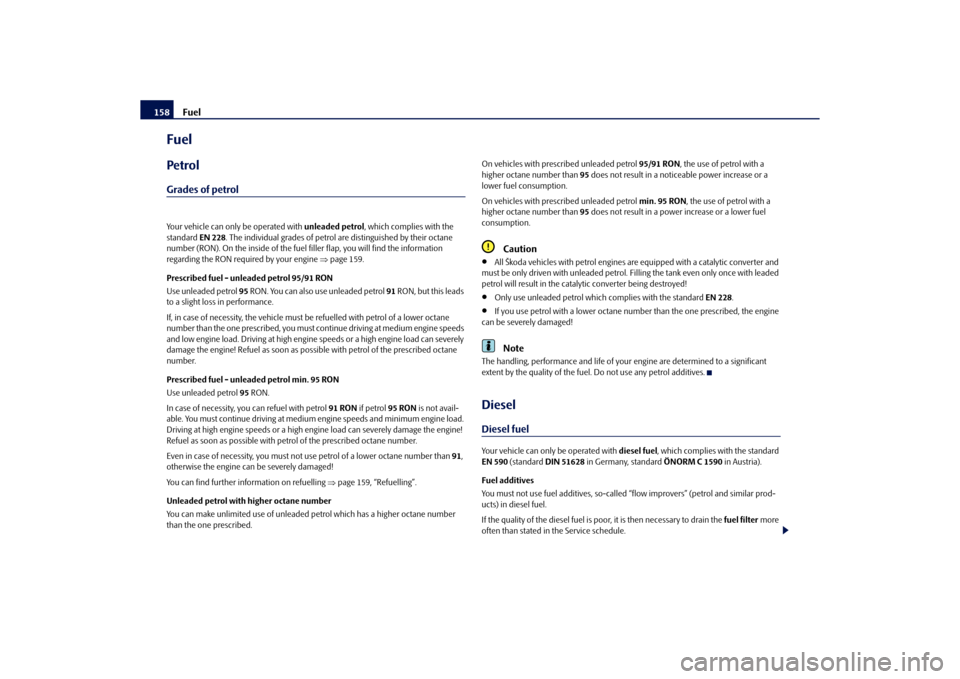
Fuel
158
FuelPetrolGrades of petrolYour vehicle can only be operated with unleaded petrol, which complies with the
standard EN 228. The individual grades of petrol are distinguished by their octane
number (RON). On the inside of the fuel filler flap, you will find the information
regarding the RON required by your engine page 159.
Prescribed fuel - unleaded petrol 95/91 RON
Use unleaded petrol 95 RON. You can also use unleaded petrol 91 RON, but this leads
to a slight loss in performance.
If, in case of necessity, the vehicle must be refuelled with petrol of a lower octane
number than the one prescribed, you must co ntinue driving at medium engine speeds
and low engine load. Driving at high engine speeds or a high engine load can severely
damage the engine! Refuel as soon as possib le with petrol of the prescribed octane
number.
Prescribed fuel - unleaded petrol min. 95 RON
Use unleaded petrol 95 RON.
In case of necessity, you can refuel with petrol 91 RON if petrol 95 RON is not avail-
able. You must continue driving at medium engine speeds and minimum engine load.
Driving at high engine speeds or a high engine load can severely damage the engine!
Refuel as soon as possib le with petrol of the prescribed octane number.
Even in case of necessity, you must not use petrol of a lower octane number than 91,
otherwise the engine can be severely damaged!
You can find further information on refuelling page 159, “Refuelling”.
Unleaded petrol with higher octane number
You can make unlimited use of unleaded pe trol which has a higher octane number
than the one prescribed. On vehicles with prescribed unleaded petrol
95/91 RON, the use of petrol with a
higher octane number than 95 does not result in a noticeable power increase or a
lower fuel consumption.
On vehicles with prescribed unleaded petrol min. 95 RON, the use of petrol with a
higher octane number than 95 does not result in a power increase or a lower fuel
consumption.
Caution
All Škoda vehicles with petrol engines are equipped with a catalytic converter and
must be only driven with unleaded petrol. Fi lling the tank even only once with leaded
petrol will result in the cata lytic converter being destroyed!
Only use unleaded petrol which complies with the standard EN 228.
If you use petrol with a lower octane num ber than the one prescribed, the engine
can be severely damaged!Note
The handling, performance and life of your engine are determined to a significant
extent by the quality of the fuel. Do not use any petrol additives.DieselDiesel fuelYour vehicle can only be operated with diesel fuel, which complies with the standard
EN 590 (standard DIN 51628 in Germany, standard ÖNORM C 1590 in Austria).
Fuel additives
You must not use fuel additives, so-called “flow improvers” (petrol and similar prod-
ucts) in diesel fuel.
If the quality of the diesel fuel is poor, it is then necessary to drain the fuel filter more
often than stated in the Service schedule.
s16g.4.book Page 158 Wednesda y, February 10, 2010 3:53 PM
Page 160 of 231

Fuel159
Using the system
Safety
Driving Tips
General Maintenance
Breakdown assistance
Praktik
Technical Data
You can find information on refuelling
page 159, “Refuelling”.
Caution
Therefore, your vehicle can only be operated with diesel fuel which complies with
the standard EN 590 (standard DIN 51628 in Germany, standard ÖNORM C 1590 in
Austria). Filling the tank even only once wi th diesel fuel which does not comply with
the standard, can result in damage to the engine parts, the lubrication system, the fuel
and exhaust system.
If by mistake you have refuelled with a different fuel other than the diesel fuel
which complies to the above mentioned stan dards (e.g. petrol), on no account start
the engine! This can result in severe engine damage! Contact a specialist garage.
Water which has collected in the fuel fi lter can result in engine problems.
Your vehicle is not adapted for use of biofue l (RME), therefore this fuel must not be
refuelled and driven. The use of biofuel (RME) can lead to damage to the engine or the
fuel system.
Operation in winterWinter-grade diesel fuel
A different grade of diesel fuel is available at filling stations in winter than during the
summer. Using “summer-grade diesel fuel” at temperatures below 0°C can result in
operational problems because th e diesel becomes viscous as a result of paraffin sepa-
ration.
It is therefore the case that the standard EN 590 (standard DIN 51628 in Germany,
standard ÖNORM C 1590 in Austria) is the diesel fuel class prescribed for certain
periods of the year which can also be purc hased at the corresponding time during the
year. “Winter-grade diesel fuel” will still operate properly even at a temperature of -
20°C.
It is often the case in countries with different climatic conditions that diesel fuels avail-
able have a different temperature characteristic. The authorised Škoda Service Part-
ners and filling stations in the country concer ned will be able to provide you with infor-
mation regarding the diesel fuels available. Prewarming fuel
The vehicle is fitted with a fu
el filter prewarming system. This secures operation of a
vehicle using diesel fuel down to an environmental temperature of -25°C.
Caution
It is not permitted to add the various fuel additives on the market, including petrol, to
diesel fuel in order to improve its flow properties.RefuellingFig. 133 Right rear side of the vehicle: Fuel filler flap / fuel filler flap with cap unscrewedOpening the fuel filler cap– Open the fuel filler flap with the hand.
– Unlock the fuel filler cap on the fuel filler tube to the left using the vehicle key.
– Unscrew the fuel filler ca p anti-clockwise and place the fuel filler cap from above
on the fuel filler flap fig. 133 on the right.Closing fuel filler cap– Screw on the cap by turning it to the right until it is heard to lock.
– Lock the fuel filler cap on the fuel filler tube by turning the vehicle key to the right
and withdraw the key.
– Press the fuel tank flap closed.
s16g.4.book Page 159 Wednesda y, February 10, 2010 3:53 PM
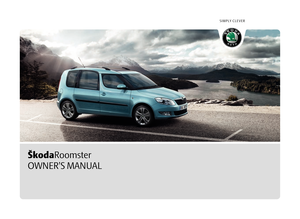 1
1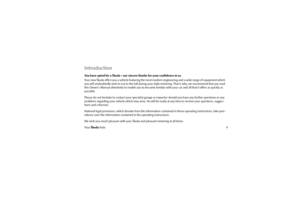 2
2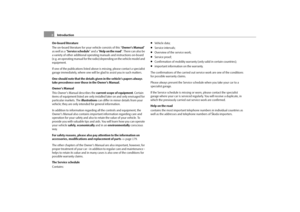 3
3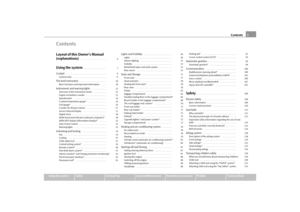 4
4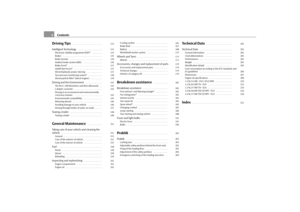 5
5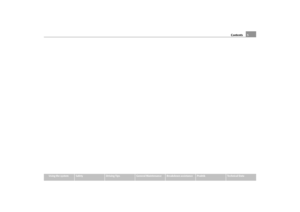 6
6 7
7 8
8 9
9 10
10 11
11 12
12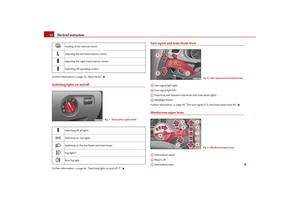 13
13 14
14 15
15 16
16 17
17 18
18 19
19 20
20 21
21 22
22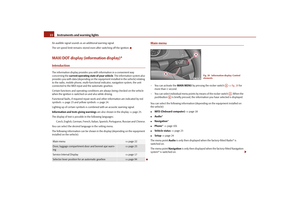 23
23 24
24 25
25 26
26 27
27 28
28 29
29 30
30 31
31 32
32 33
33 34
34 35
35 36
36 37
37 38
38 39
39 40
40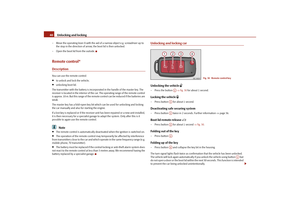 41
41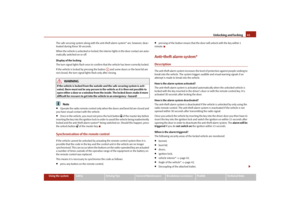 42
42 43
43 44
44 45
45 46
46 47
47 48
48 49
49 50
50 51
51 52
52 53
53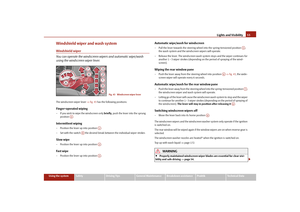 54
54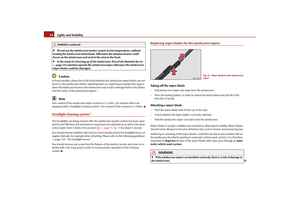 55
55 56
56 57
57 58
58 59
59 60
60 61
61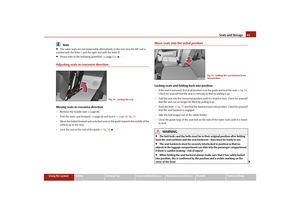 62
62 63
63 64
64 65
65 66
66 67
67 68
68 69
69 70
70 71
71 72
72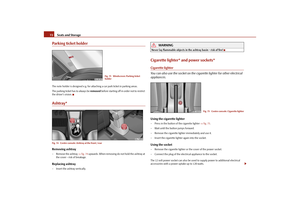 73
73 74
74 75
75 76
76 77
77 78
78 79
79 80
80 81
81 82
82 83
83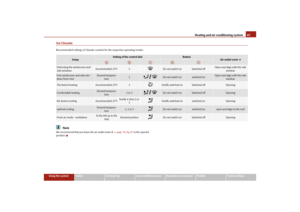 84
84 85
85 86
86 87
87 88
88 89
89 90
90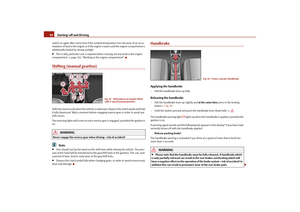 91
91 92
92 93
93 94
94 95
95 96
96 97
97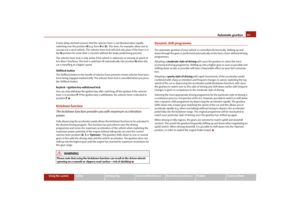 98
98 99
99 100
100 101
101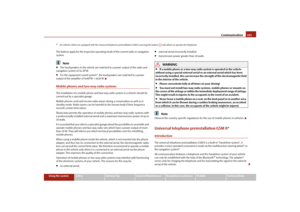 102
102 103
103 104
104 105
105 106
106 107
107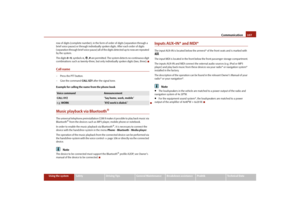 108
108 109
109 110
110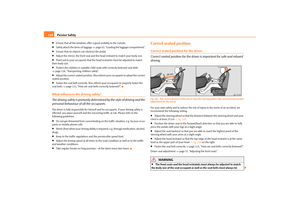 111
111 112
112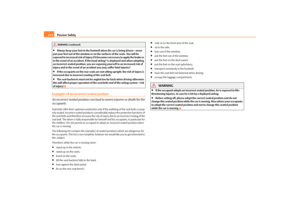 113
113 114
114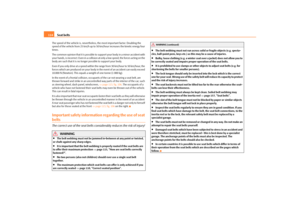 115
115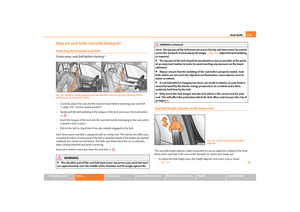 116
116 117
117 118
118 119
119 120
120 121
121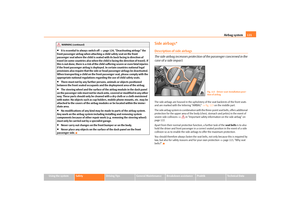 122
122 123
123 124
124 125
125 126
126 127
127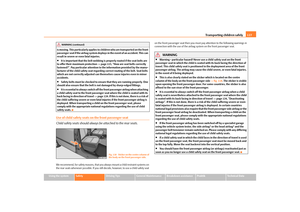 128
128 129
129 130
130 131
131 132
132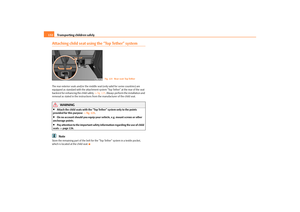 133
133 134
134 135
135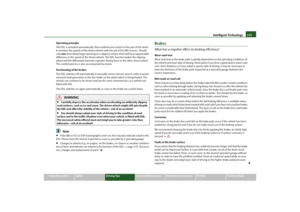 136
136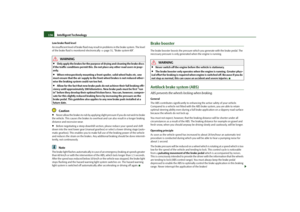 137
137 138
138 139
139 140
140 141
141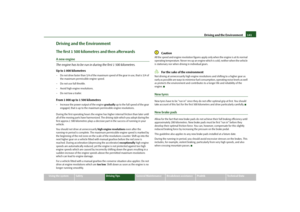 142
142 143
143 144
144 145
145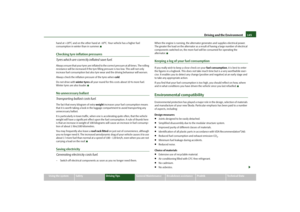 146
146 147
147 148
148 149
149 150
150 151
151 152
152 153
153 154
154 155
155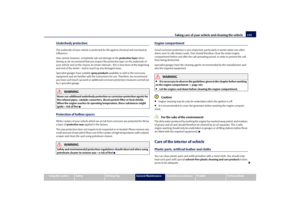 156
156 157
157 158
158 159
159 160
160 161
161 162
162 163
163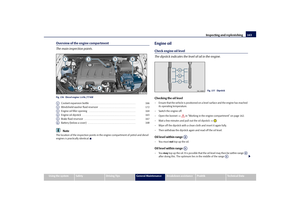 164
164 165
165 166
166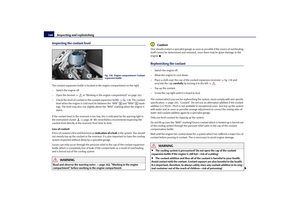 167
167 168
168 169
169 170
170 171
171 172
172 173
173 174
174 175
175 176
176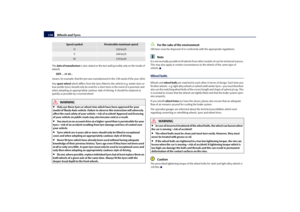 177
177 178
178 179
179 180
180 181
181 182
182 183
183 184
184 185
185 186
186 187
187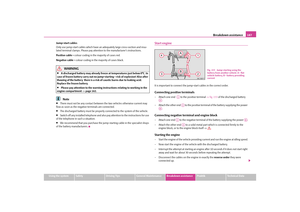 188
188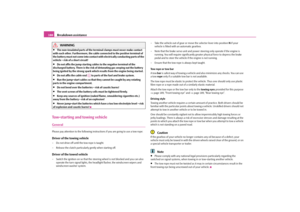 189
189 190
190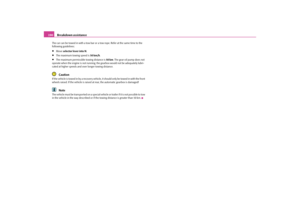 191
191 192
192 193
193 194
194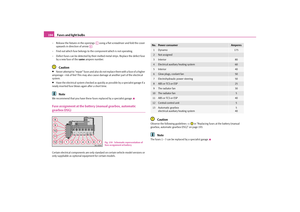 195
195 196
196 197
197 198
198 199
199 200
200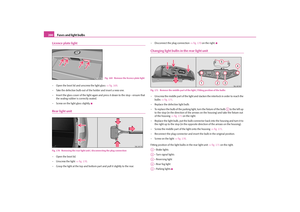 201
201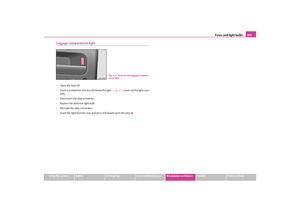 202
202 203
203 204
204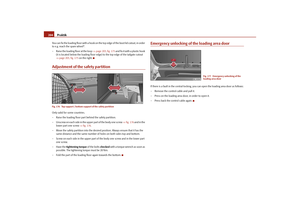 205
205 206
206 207
207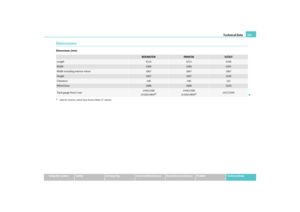 208
208 209
209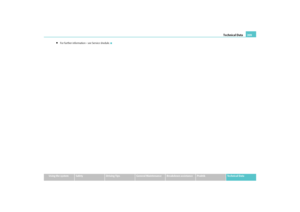 210
210 211
211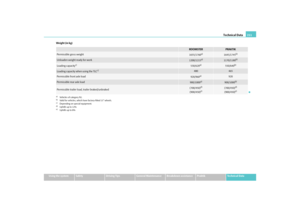 212
212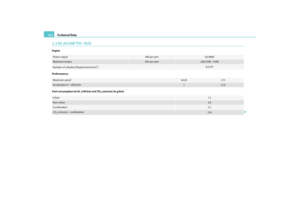 213
213 214
214 215
215 216
216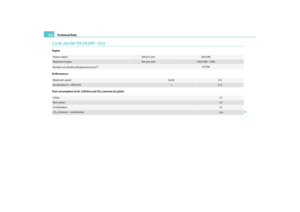 217
217 218
218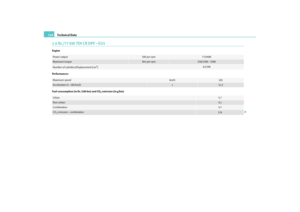 219
219 220
220 221
221 222
222 223
223 224
224 225
225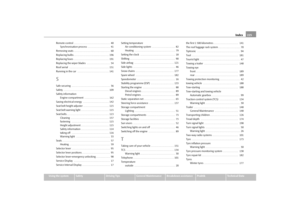 226
226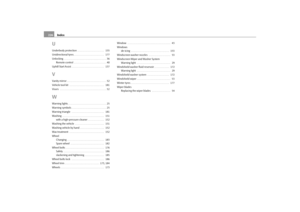 227
227 228
228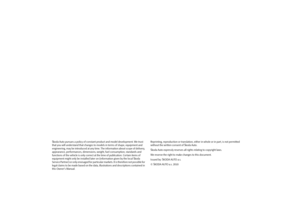 229
229 230
230






